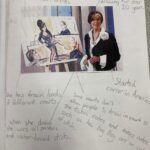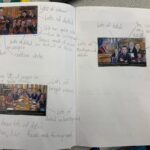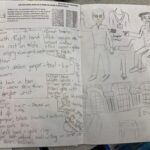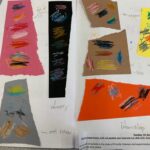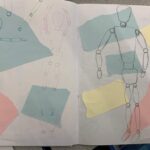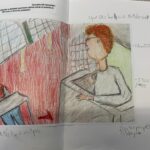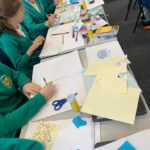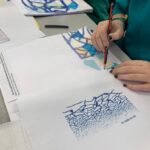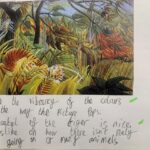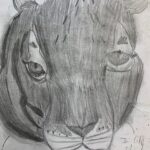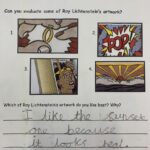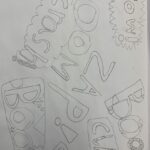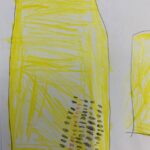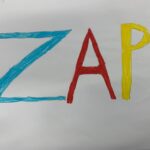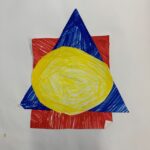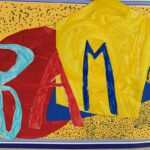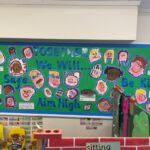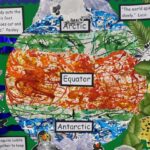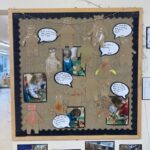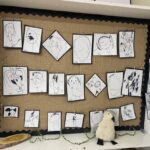Art Sequence of Knowledge
Art Substantive Knowledge
The development of the formal elements by introducing and experiencing a wide range of media, using associated key vocabulary and knowing the work and techniques of a wide range of artists, craftspeople and designers.
Art Disciplinary Knowledge
Creatively thinking of possibilities, making comparisons, questioning and critiquing, reaching judgements, addressing challenges and reflecting on the impact of works of Art and Design produced independently, collectively and by others. Presenting outcomes verbally and in
written form.
Art alternates half termly with Design and Technology. Our art teaching sequence starts with pupils learning about: an artist, art movement, illustrator or architect. Pupils annotate in sketch books to show thoughts quickly so they can be explored later. Pupils then develop: the core skills of drawing in sketch books. These core skills are applied for every block of art taught. Drawing in art is equivalent to the number work in maths at OPA – pupils get more time than other media to develop their drawing skills.
Then pupils are provided with an opportunity to explore: a specific media coherently mapped across the school. Mixed media, painting, printing and three dimensional art work are periodically developed further in sketch books. Pupils develop skills and learn relevant knowledge working towards producing an end end piece of work. This is displayed or posted on seesaw.Pupils evaluate their art work explaining what they liked alongside an explanation using the knowledge taught. Pupils also use evaluations to reflect upon opportunities for improvement.
In Year 5 and 6 you can see the sequence: ideas, exploration to final piece. This links into our topic on crime and punishment.
Sketch books have become a focus to evidence our sequence of art. Pupils tell us they are proud of their work and enjoy using them.
Y34 studied Henri Rousseau. As you can see they started with discussion and then into drawing.
KS1 studied Roy Lichtenstein. When applying our sequence we aim for pupils to be creative (one of our curriculum pillars) and you can see this in the individuality in their final pieces.
Reception portraits whilst learning about our school values. Vocabulary is introduced at Reception so we can build upon this in other Key Stages.
Some lovely art work in Nursery with speech bubbles explaining pupil’s thinking.


